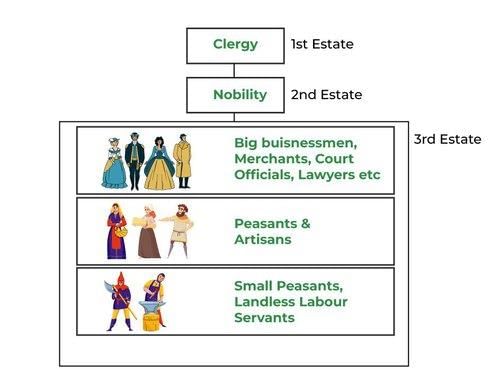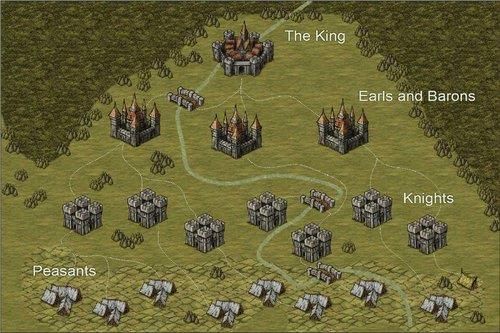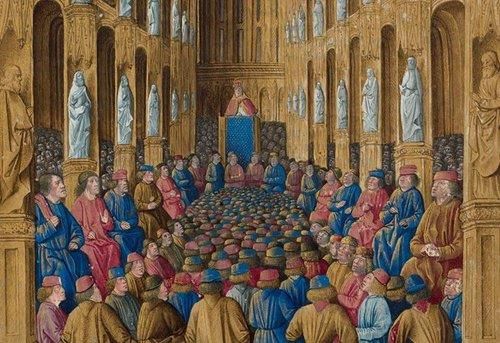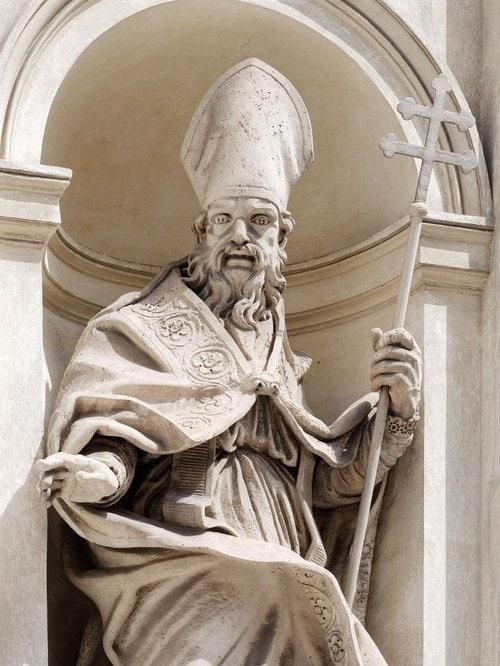|
Fill in the blank: The term 'feudalism' is derived from a German word meaning ___ which refers to a piece of land. |
Card: 3 / 44 |
|
True or False: The Catholic Church in medieval Europe was solely a religious institution with no political power. |
Card: 5 / 44 |
|
Marc Bloch emphasized the importance of social, economic, and geographical factors in understanding feudalism, arguing that history includes collective human activities, not just political events. |
Card: 8 / 44 |
|
Fill in the blank: The clergy collected a tenth of the peasants' produce, known as the ___. |
Card: 9 / 44 |
|
Knights were mounted warriors who pledged to fight for their lords in exchange for land (fief) and protection. |
Card: 12 / 44 |
|
True or False: Serfs had the freedom to leave the land they worked on without permission from their lords. |
Card: 13 / 44 |
|
False. Serfs could not leave the estate without prior permission from their lords. |
Card: 14 / 44 |
|
What changes in agricultural technology occurred in the 11th century that improved productivity? |
Card: 15 / 44 |
|
The introduction of heavy iron-tipped ploughs, the use of mould-boards, and the three-field system significantly improved agricultural productivity. |
Card: 16 / 44 |
|
What was the significance of the phrase 'Town air makes free' in medieval Europe? |
Card: 19 / 44 |
|
It indicated that serfs could gain freedom by living in a town for one year and a day without being caught by their lords. |
Card: 20 / 44 |
|
The bubonic plague caused massive population decline, leading to social upheaval and economic disruption.  |
Card: 22 / 44 |
 Unlock all Flashcards with EduRev Infinity Plan Starting from @ ₹99 only
|
|
Fill in the blank: The emergence of new monarchs in the 15th and 16th centuries marked the decline of ___ power. |
Card: 23 / 44 |
|
Monasteries were centers of religious life, education, and agricultural production, where monks lived apart from society. 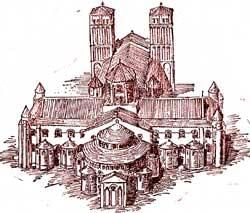 |
Card: 26 / 44 |
|
True or False: The manorial estate was a self-sufficient economic center in feudal society. |
Card: 27 / 44 |
|
Fill in the blank: The peasants who worked the land of the lord without wages were known as ___. |
Card: 29 / 44 |
|
The nobility had judicial powers, the right to issue coins, and control over military forces. |
Card: 32 / 44 |
|
Economic decline, rising wages, and falling prices for agricultural products contributed to social unrest among peasants. |
Card: 34 / 44 |
|
True or False: The economic crisis of the 14th century led to the revival of feudal privileges. |
Card: 35 / 44 |
|
False. The crisis led to social unrest and the weakening of the feudal system. |
Card: 36 / 44 |
|
Guilds organized crafts and trades, controlling quality, prices, and sales of goods. |
Card: 38 / 44 |
|
What impact did climatic changes have on agriculture between the 5th and 10th centuries? |
Card: 39 / 44 |
|
Extreme cold shortened the growing season, leading to reduced agricultural production and frequent famines. |
Card: 40 / 44 |
|
Fill in the blank: The head of the Western Church, who lived in Rome, was known as the ___. |
Card: 41 / 44 |
|
Short Answer: How did the relationship between lords and peasants define feudal society? |
Card: 43 / 44 |
|
Lords provided protection and land to peasants in exchange for labor and a share of agricultural produce. |
Card: 44 / 44 |





